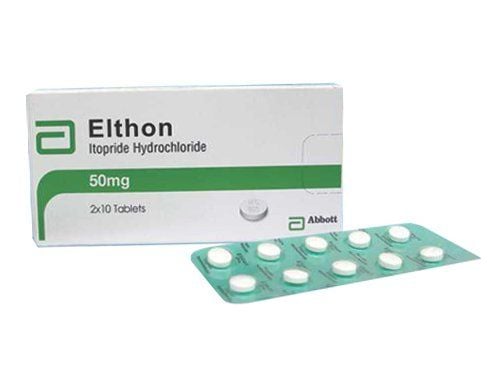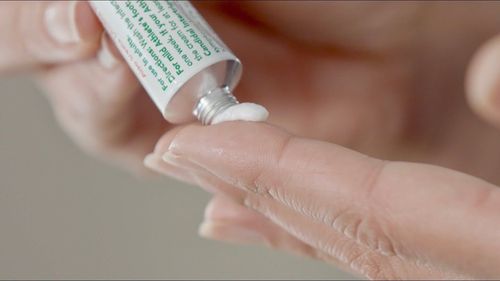This is an automatically translated article.
The article was professionally consulted by Doctor General Internal Medicine Doctor - Department of Medical Examination & Internal Medicine - Vinmec Hai Phong International General Hospital. The doctor has more than 30 years of experience in the field of internal medicine.
Desensitization treatment for cardiovascular patients helps to protect and increase safety against allergen side effects, the most dangerous of which is anaphylaxis.
1. What is the desensitization treatment for cardiovascular patients?
Rapid desensitization treatment with drugs for cardiovascular patients is a method of creating a temporary tolerance to an allergen, which has temporarily caused a hypersensitivity reaction in the body. The characteristic of this method is that after each fixed period of time, small doses are repeated and the amount of allergen is gradually increased.
This method allows the therapeutic dose to be reached in about 4 - 12 hours. Most patients with a history of allergy will achieve tolerance to rapid desensitization therapy within 24 hours of taking the last dose.
If desensitization is effective and the patient stops being exposed to the desensitizer or allergen, the desensitization will disappear within hours to days. Note that desensitization is not applicable to patients with uncontrolled cardiovascular disease.
2. Why need desensitization treatment for cardiovascular patients?
Increased protection and safety against the side effects of food and drug allergens, including anaphylaxis. The total dose of desensitization treatment allows the patient to be exposed to the allergen and be treated with chemotherapy with the best regimen, the most antibiotic-sensitive bacterial strain, the most suitable monoclonal antibody, the medicine is difficult to replace aspirin . See more: Do you know how to choose foods that are good for your heart?
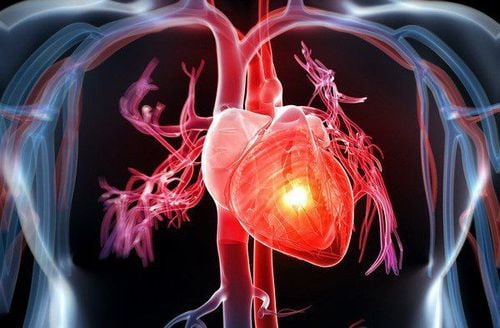
3. Risk hierarchy in desensitization treatment
Depending on the history of allergic manifestations on organs, there are 3 risk classes as follows:
Stage 1: Skin reactions. Grade 2: Reactions on 2 organs, e.g. respiratory and skin. Grade 3: Response to changes in vital signs with more than 1 organ. Based on the risk classification, the indications for desensitization treatment are as follows;
Steps 1 and 2, surveillance: outpatient desensitization treatment. Steps 1 and 2, unsupervised: inpatient desensitization treatment. Step 3: resuscitation treatment. Step 3 and successful desensitization: outpatient desensitization and follow-up. See more: Sports that are good for people with heart disease
4. Notes in desensitization treatment
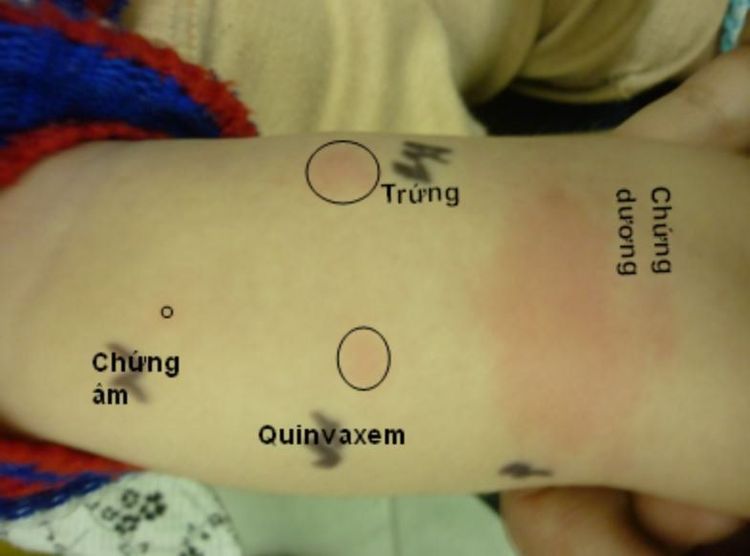
Perform final concentrations according to recommendations and instructions when the patient has a positive skin test. If the patient has a severe reaction and/and the endpoint is very low, the initial dose and infusion rate should be reduced, and the number of steps taken and/and the interval between successive oral doses increased. In the treatment of desensitization in cardiovascular patients, determining the initial dose and the interval between doses is important, it should be noted:
Most dosing double protocols, except for the first or last dose after reaching the therapeutic dose. The dose of protocols can be increased up to 10 times, but side effects are common. Therefore, the pharmacokinetics and pharmacodynamics of the drug should be considered to determine the interval between doses (aspirin) and to prevent overdose.
5. Note about possible reactions in desensitization treatment
In the early stages of desensitization therapy, allergens can cause hypersensitivity reactions, disrupting tolerance. If these hypersensitivity reactions appear in the first stage, then in the later stages, the reactions also appear, but with milder manifestations than in the first stage. Depending on the therapeutic dose, especially when the dose is increased, adverse reactions will occur and should be treated immediately by stopping oral administration or stopping the infusion. This reaction will most likely improve and stop without further treatment.
An option to proceed with the treatment of hypersensitivity reactions occurring during desensitization therapy is as follows:
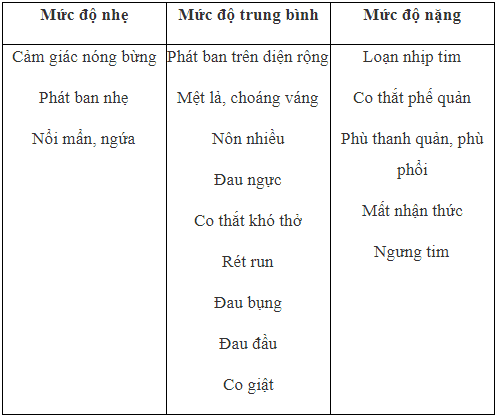
Change protocol, pause therapy, treat adverse reactions. Then change the desensitization protocol and re-initiate at a mid-dose step or a dose lower than the dose stopped. Repeated dosing aims at slow increments that reduce the incidence of adverse reactions and improve tolerability. However, if the reaction is severe and life-threatening, the desensitization process should be stopped.
6. Results of desensitization treatment
Successful desensitization is achieved when the patient reaches the dose and is tolerable at the end of the course of treatment.
Tolerability resolves within a few hours to a few days (from 1 to 5 days after the allergen is stopped. Therefore, if subsequent treatment is required, desensitization should be repeated and can be maintained). by daily medication
failure of desensitization treatment is when the patient does not reach the therapeutic dose and must be stopped due to a systemic reaction
Desensitization treatment with immediate reactions does not Prophylaxis of delayed non-mediated hypersensitivity reactions
In order for the course of desensitization therapy to be successful, it must be maintained continuously by regular use. re-sensitization.
Please dial HOTLINE for more information or register for an appointment HERE. Download MyVinmec app to make appointments faster and to manage your bookings easily.




